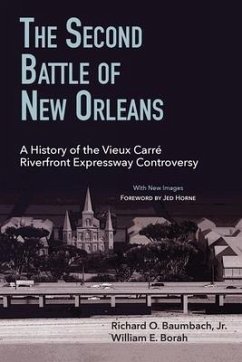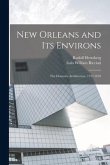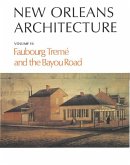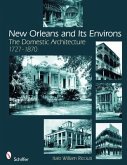Today, one can hardly imagine a visit to New Orleans without a stroll through its famous French Quarter (the Vieux Carr), but this now national historic landmark was at the center of a two-decades-battle that pitted politicians against preservationists. Mid-twentieth century shifts away from central business districts and public transportation, combined with the increasing sprawl of suburbs, resulted in a need for massive roadway projects to carry commuters. In 1946, such a project was designed for the city officials of New Orleans, which included a forty-foot-high, ninety-foot-wide interstate highway be built through the French Quarter district, the city's oldest, and arguably most historic, neighborhood. The project was supported and pushed by politicians and business leaders around the city and state. Supplemented by a wealth of photographs and maps, Baumbach and Borah provide a well-documented account of the expressway controversy in all its twists and turns, its ambiguities, and its acrimony. The Second Battle of New Orleansis not only an illustration of the planning processes in operation, it is the story of conflicting interests, both public and private, fighting for the future of a major municipality.
Hinweis: Dieser Artikel kann nur an eine deutsche Lieferadresse ausgeliefert werden.
Hinweis: Dieser Artikel kann nur an eine deutsche Lieferadresse ausgeliefert werden.








